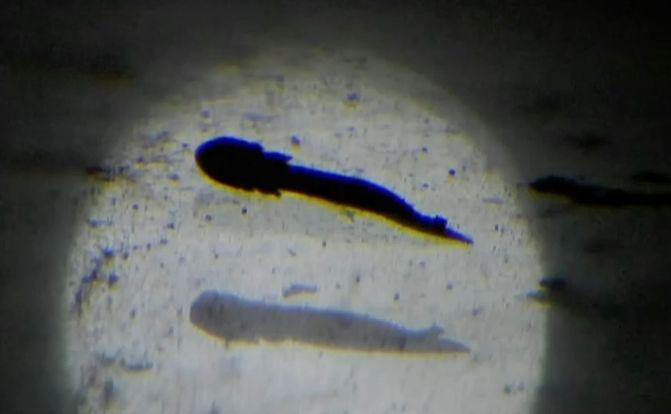
The olm started laying eggs on January 31, and the embryos within the eggs are becoming more and more active, which is a proof that they are growing and developing, was reported by the Postojna jama.
Two biologists are keeping a close eye on the growing eggs; they are monitoring the movements and removing the dead eggs, as they might infect the others. It is a difficult and laborious process, as the eggs are at inaccessible places, so one of the biologists has to dive into the large aquarium.
Only a small percentage of larvae survive; in nature only two baby olms successfully hatch from 500 eggs. There are still 22 eggs in the cave, and that's the reason the Postojnska jama company is even more grateful to nature "for this exceptional development regarding one of nature's most mysterious animals".
"We supervised the brood every hour of the day, we monitored the eggs, combined scientific findings with our observations. We were unsure, but we had to make decisions nobody had to make before us. Everything was new, untried. The 'human fish' is a great mystery, also because it lives in the depth of underground caves, hidden from human eyes. It is estimated that in nature only two baby olms successfully hatch from 500 eggs," representatives of Postojnska jama boast. There are 22 more eggs from which baby olms, called also “cave dragons” could hatch; the total number of eggs was 64."Our first baby dragon shot out of the egg, successful in his first try . This is one of the reasons why the infrared camera footage is invaluable heritage both for biologists and the general public; in fact, olm hatching has never been filmed before," they proudly proclaim.
Yet the most difficult period is only starting, as the larva will soon need to be fed, as it does not live in its natural environment where it could feed on its own.

































































